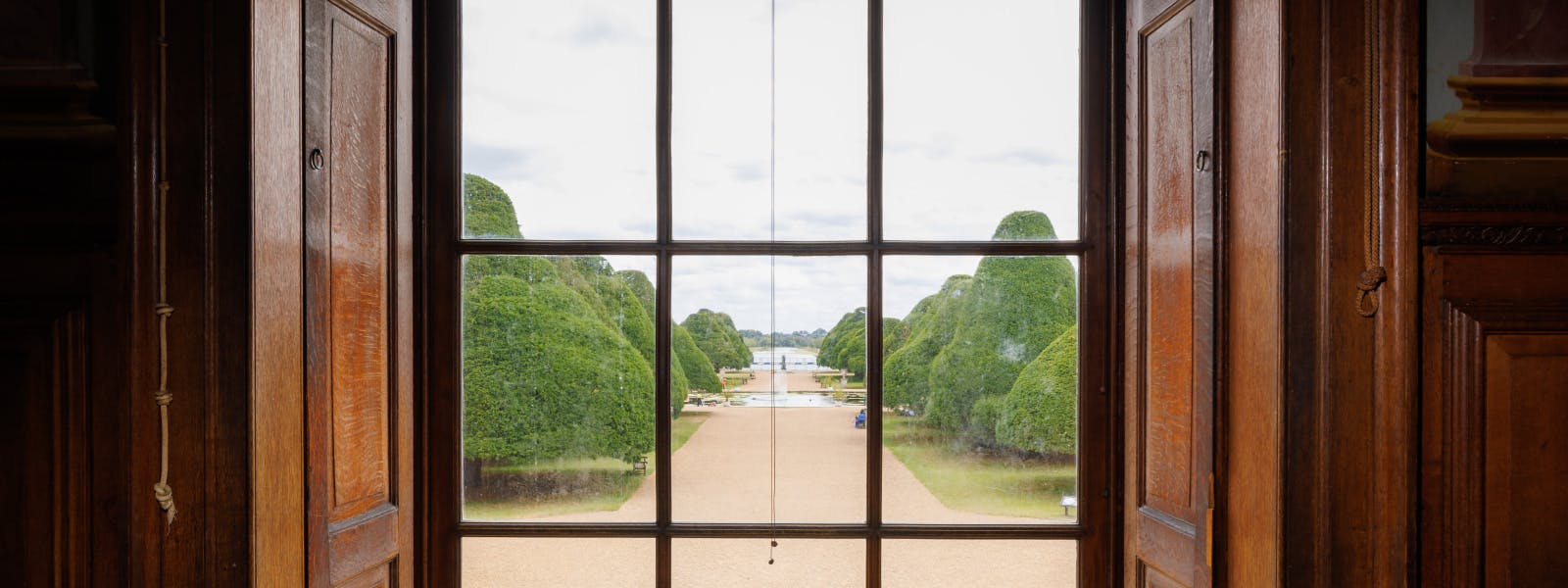
Insights and behind the scenes from our palaces

Famous ghost stories of the Tower of London
24 November 2025
Take a walk through the Tower of London’s shadowy corridors, to uncover the chilling tales of its most famous ghosts and paranormal activity.

'Castles of the air': Defending the Tower of London during the Second World War
10 November 2025
When London faced the fury of the Blitz during the Second World War, the Tower of London found a new way to protect the city from the sky – a huge hydrogen-filled 'barrage balloon'.

Benjamin Franklin's curious visit to Hillsborough Castle
05 November 2025
In 1771, a reluctant Benjamin Franklin was ushered into Hillsborough Castle by his host (and political foe) Wills Hill. Here, Emma Lawthers explores this curious meeting that took place within the castle walls.

Sideron and Cupido: Two untold lives at Hampton Court Palace
20 October 2025
In 1795, two remarkable men arrived at Hampton Court Palace in the entourage of the Prince of Orange. Enslaved as children and given to the Prince as 'gifts', Sideron and Cupido now accompanied the Dutch Prince as he fled invasion.

Princess Margaret and Jose 'Pitoy' Moreno
03 October 2025
PhD researcher Jamie Ostman traces a fascinating story of global royal style, Filipino history and national identity.

Uncovering Edward VI's nursery at Hampton Court Palace
19 September 2025
Assistant Curator of Historic Buildings James Shemmonds traces the story of Edward’s rooms, from his father Henry VIII’s passion for athletic pursuits to the hasty creation of rooms fit for a future king.

How was the Tower saved from the Great Fire of London?
02 September 2025
The Great Fire of London is the most famous blaze in London's history. Here, Curator Charles Farris explores the Tower of London’s role in this terrible and famous event.

Princess Mary, Henry VIII and Tudor history's greatest battle of wills
22 August 2025
Chief Historian Tracy Borman explores the dramatic battle of wills between Mary and her tyrannical father.

The Dress Codes of Diana, Princess of Wales
08 August 2025
Collections Curator Matthew Storey traces Diana, Princess of Wales's style journey through the words of four of her designers, and the extraordinary pieces in the Royal Ceremonial Dress Collection.
